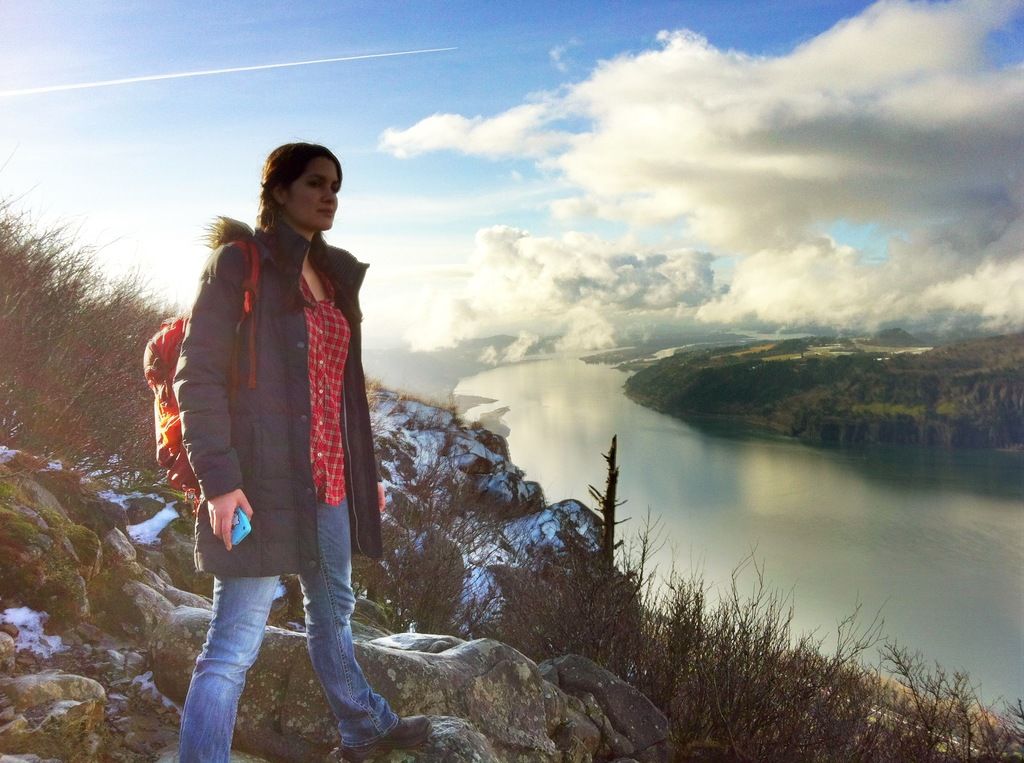Street Lights and Temperature: City Life's Unexpected Influence on Plant Growth
Urban Vegetation Blooms Prematurely and Lasts Longer: An Investigation
Artificial light and increased heat in urban areas have a surprising impact on the growth patterns of plants, causing earlier springs and delayed autumns. A study published in the journal "Nature Cities" reveals this phenomenon.
Insight What Affects Tree Health? Urban heat, drought, and pollution can stress urban trees/
Street lamps, signs, and brightly lit shops keep city nights alight, affecting nature in ways researchers have begun to uncover. Artificial urban lighting delays the end of autumn by around eleven days on average, while simultaneously causing spring to start about 12.5 days earlier compared to rural environments.
The research group, led by Lin Meng of Vanderbilt University, USA, aimed to determine the influence of artificial light and increased heat radiation on flowering, growth, and leaf-shedding in plants.
Cities with Longest and Shortest Growing Seasons
Most cities in Southeast Asia, North America, and the northwest coast of Europe exhibit a growth period that starts more than ten days earlier than rural areas. Conversely, cities with a difference of more than ten days at the end of the growth period are primarily located in South Asia, Europe, or the west of North America.
Fact Thirsty Cities Over half of all German districts use more water than is available locally/
In some European cities with higher temperatures, researchers found a shorter growth period due to water scarcity. Higher temperatures during summer and early autumn can lead to an extension of vegetation periods, but they can also create water shortages, resulting in earlier leaf aging and quicker autumn development.
The Role of Artificial Light
The study discovered that temperature and light both influence the city plants to flower earlier in spring, but in autumn, it is almost exclusively artificial light that extends the growth time by delaying leaf coloring and shedding.
While LED technologies could affect urban plant development, their impact remains largely unexplored. Researchers suggest that the blue light emissions of LEDs may have a fundamental influence on plant development.
Overall, artificial lighting in cities has a significantly more prominent role in delaying the vegetation period compared to temperature, according to the study. The type of lighting also seems to play a part. The question of how the switch to LED lighting will influence plant development remains mostly unanswered.
Sources **"Nature Cities" journal, Stefan Parsch, dpa
- The study in the "Nature Cities" journal reveals that urban lighting, such as street lamps, shops, and signs, can influence the growth patterns of plants, causing spring to start earlier and autumn to last longer, on average, compared to rural environments.
- The research on urban plants suggests that both temperature and light contribute to earlier flowering in spring, but it is primarily artificial light that delays leaf coloring and shedding in autumn, thus extending the growth period.
- While the impact of LED technologies on urban plant development is still largely unexplored, researchers propose that the blue light emissions of LEDs could have a fundamental influence on plant growth and development.




